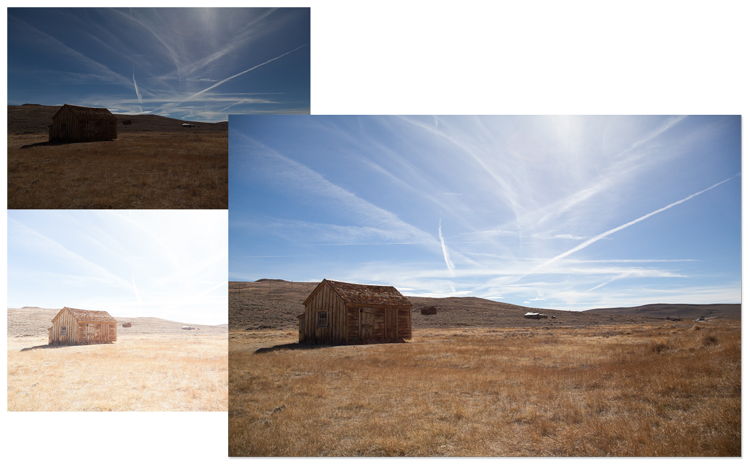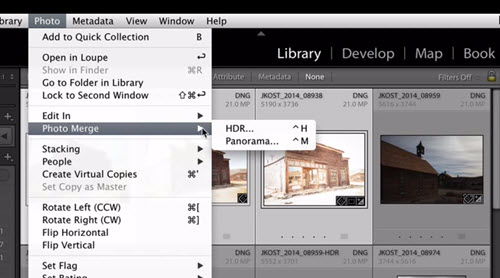

To do this, click on the first photo and then hold down the shift key and click on the last photo. In Lightroom I will select all 5 of the photos that I want to use for the HDR image. The sky is much lighter than the foreground, so the HDR merge is helpful for showing the detail in the shadow areas of the foreground without blowing out the sky. These photos were taken at sunrise in Gettysburg, Pennsylvania. For this example I will be working with 5 different exposures. You’ll need at least two different exposures in order to create the HDR image. This assumes that you have already captured multiple bracketed exposures to be used for the HDR merge, and that you have already imported those photos into Lightroom.ĭon’t have multiple exposures to create the HDR merge? Try our HDR Hero Lightroom Presets. In this article we’ll walk step-by-step through the process of creating an HDR image in Lightroom. Lightroom’s HDR merge functionality is extremely convenient for those who already use Lightroom.It doesn’t give you loads of options, but it does work pretty well, especially if you are after a realistic HDR look.

#Lightroom 6 hdr software#
Photomatix gives you robust options and settings, but it does require additional software to purchase. Doing it manually in Photoshop will give you the most control, but it will also take far more time than an automated process. You could use software like Photomatix that has been created exclusively for HDR, you can use Photoshop’s HDR merge, you can do it manually by using layers and masks in Photoshop, and since the release of Lightroom 6/CC you can also do it right in Lightroom with no plugins or additional software needed. There are a number of different ways to merge or blend multiple exposures to create an HDR image.


 0 kommentar(er)
0 kommentar(er)
